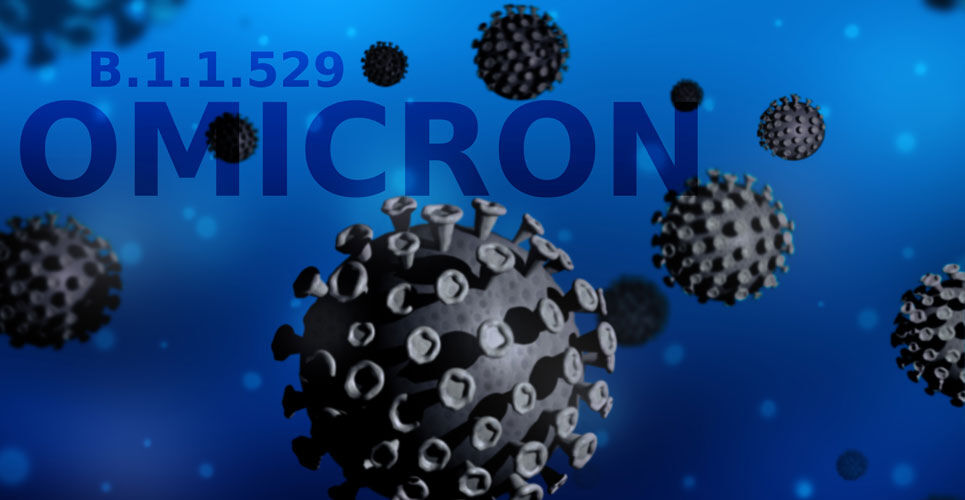Nirmatrelvir reduced hospitalisations and death among patients 65 years of age or older during the Omicron surge, but no evidence of benefit was found in younger adults, according the results of an analysis by Israeli researchers.
In December 2021, the US FDA authorised Paxlovid (nirmatrelvir and ritonavir) for the treatment of mild-to-moderate COVID-19 in adults and paediatric patients (12 years of age and older weighing at least 40 kilograms or about 88 pounds. Th combination was also later approved by the EMA in January 2022. These approvals arose after publication of data from a Phase II-III double-blind, randomised, controlled trial in which symptomatic, unvaccinated, non-hospitalised adults at high risk for progression to severe COVID-19 were randomised 1:1 to receive either 300mg nirmatrelvir plus 100mg ritonavir or placebo every 12 hours for 5 days. The results showed that the risk of progression to severe COVID-19 was 89% lower in the treatment group compared with placebo. However, while seemingly effective, the main circulating COVID-19 variant at the time of the study was Delta and whether the drug maintained efficacy against subsequent variants of concern such as Omicron was uncertain.
In the present study, researchers used a national health database to identify patients 40 years of age and older and who were deemed to be at a high risk of COVID-19 disease progression and therefore eligible to receive nirmatrelvir. The team set the primary outcome as hospitalisation due to COVID-19 and COVID-19-related death as the secondary outcome. The study started in January 2022 during which time, the Omicron variant was known to be the dominant strain in Israel.
Nirmatrelvir and COVID-19-related outcomes
A total of 109,254 individuals with a mean age of 59.9 years (40% male) were included, of whom 3,902 with a mean age of 67.4 years (40% male) were treated with nirmatrelvir. Overall, 39% of participants were 65 years of age and older and 78% were vaccinated against COVID-19 or had previous immunity due to an infection.
Among those older than 65 given nirmatrelvir, the adjusted hazard ratio (aHR) for hospitalisation was 0.27 (95% CI 0.15 – 0.49) and the risk of a subsequent COVID-19-related death was also significantly lower (aHR = 0.21, 95% 0.05 – 0.82).
But when researchers looked at those aged 40 to 64 years, the adjusted HR for hospitalisation was not significant (aHR = 0.74, 95% CI 0.35 – 1.58) and neither was the risk of COVID-19-related death (aHR = 1.32, 95% CI 0.16 – 10.75).
In subgroup analysis based on previous immunity, the risk for hospitalisation among those aged 40 to 64 years remained non-significant for both without (aHR = 0.23, 95% CI 0.03 – 1.67) and with (aHR = 1.13, 95% CI 0.50 – 2.58) prior immunity. In contrast, there were significant benefits for patients 65 years and older, irrespective of whether or not they had prior immunity.
The authors concluded that during the Omicron variant surge, there were benefits for older patients administered nirmatrelvir, but it did not provide a benefit for those under 65 years of age in terms of either hospitalisation or death.
Citation
Arbel R et al. Nirmatrelvir Use and Severe Covid-19 Outcomes during the Omicron Surge. N Engl J Med 2022

